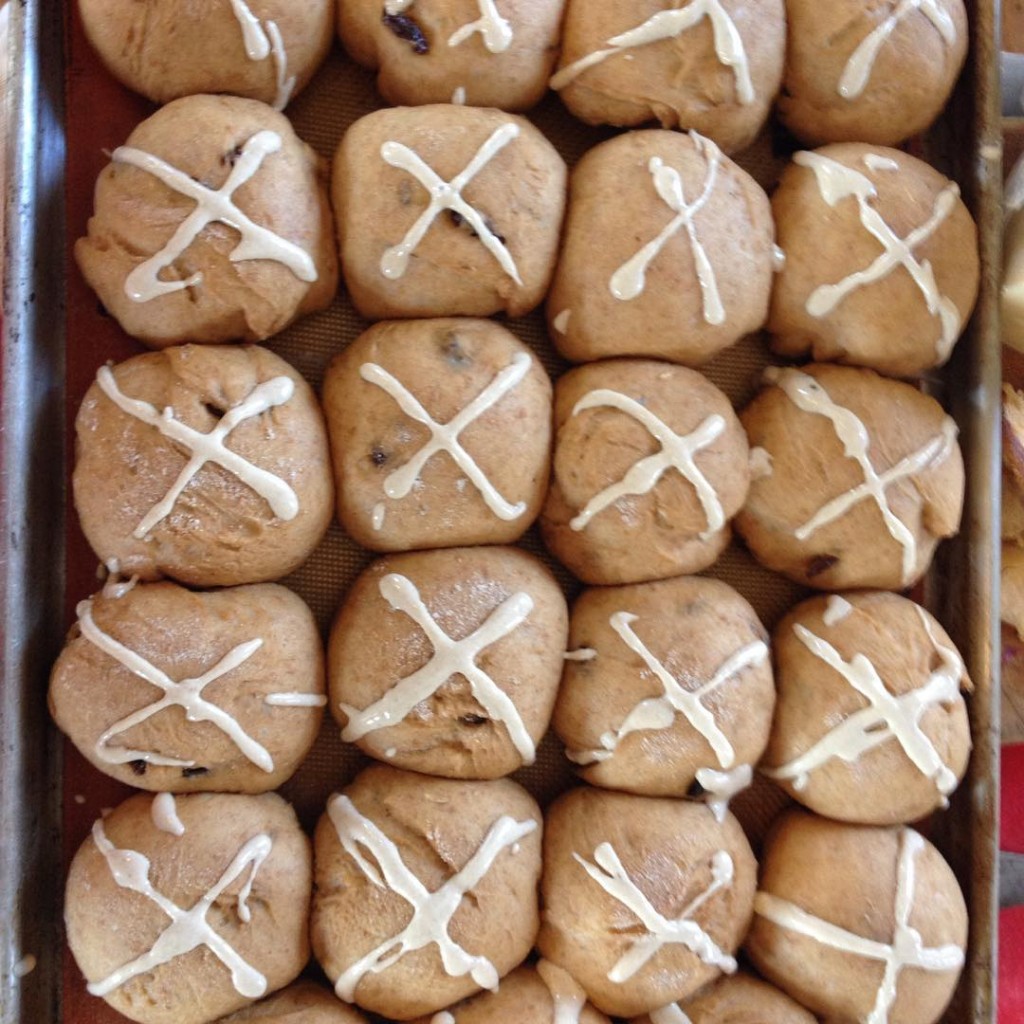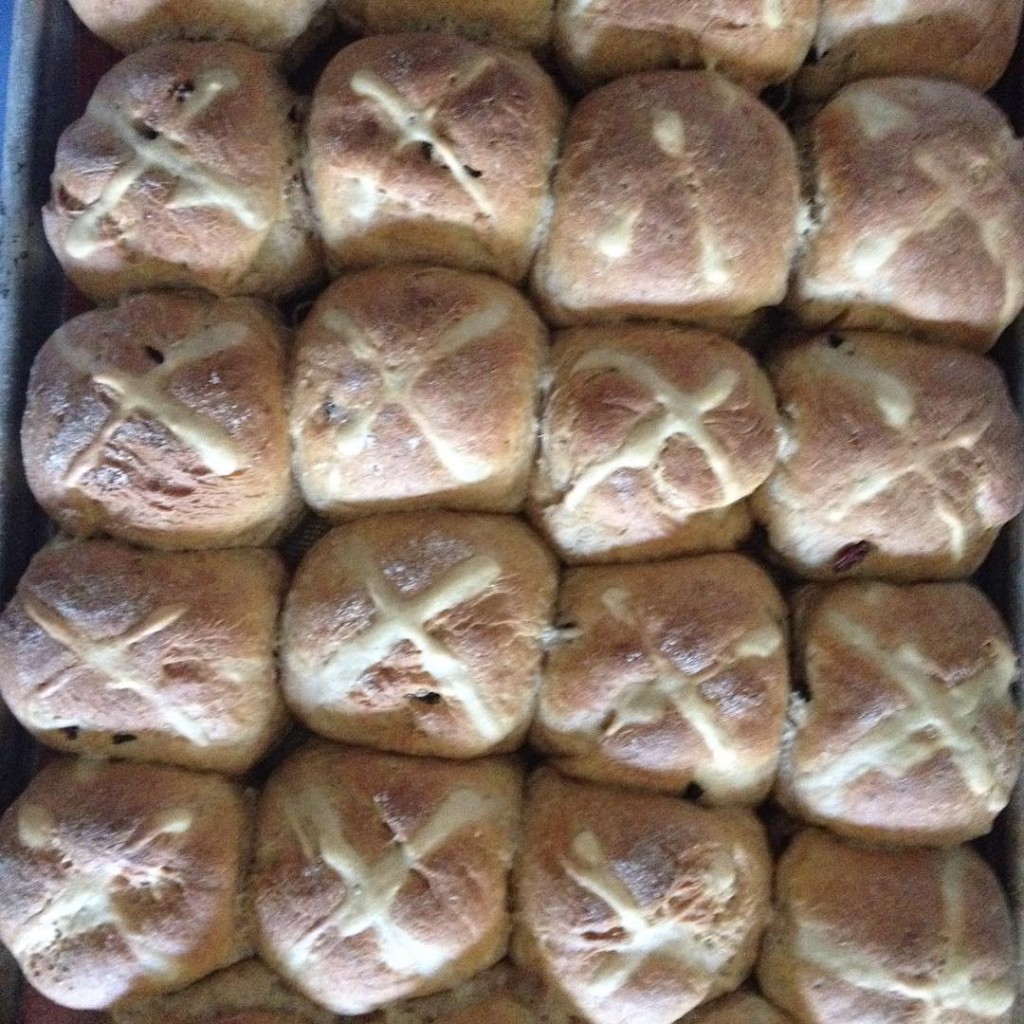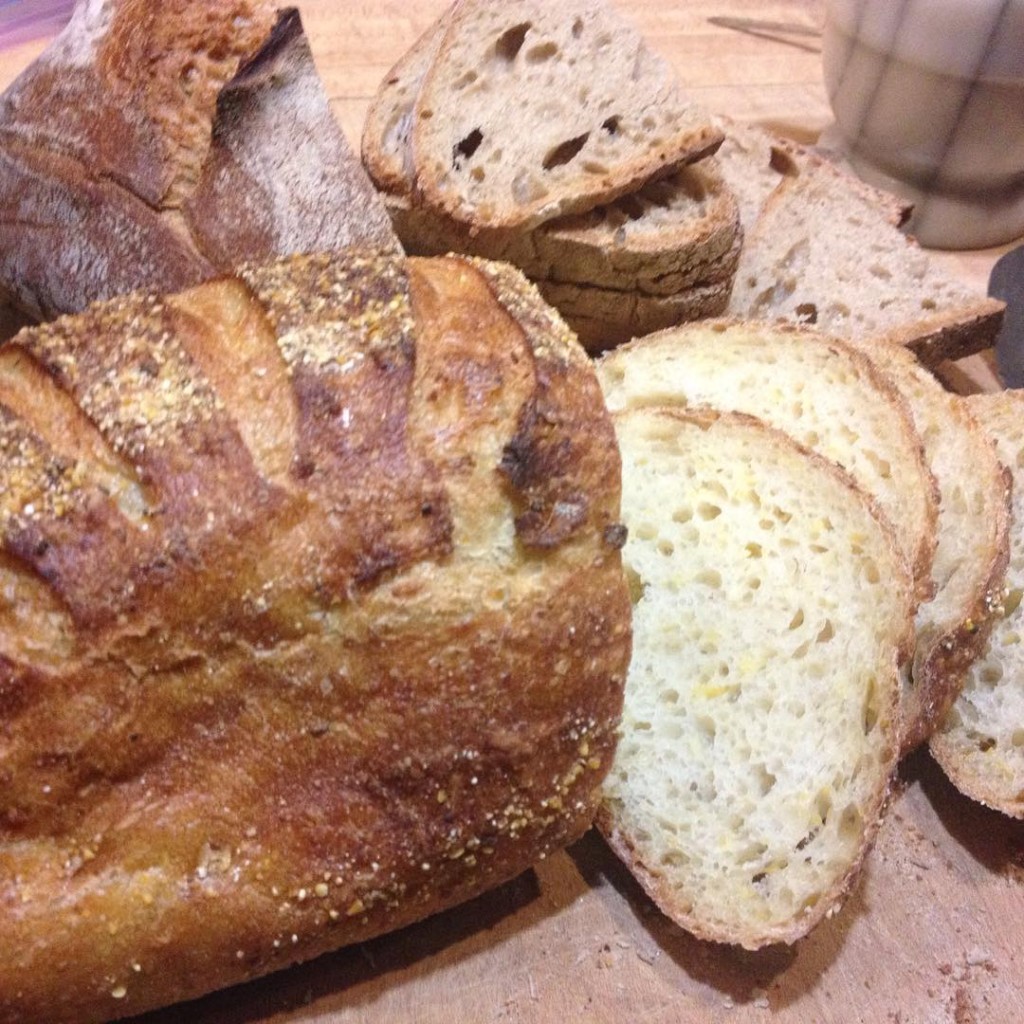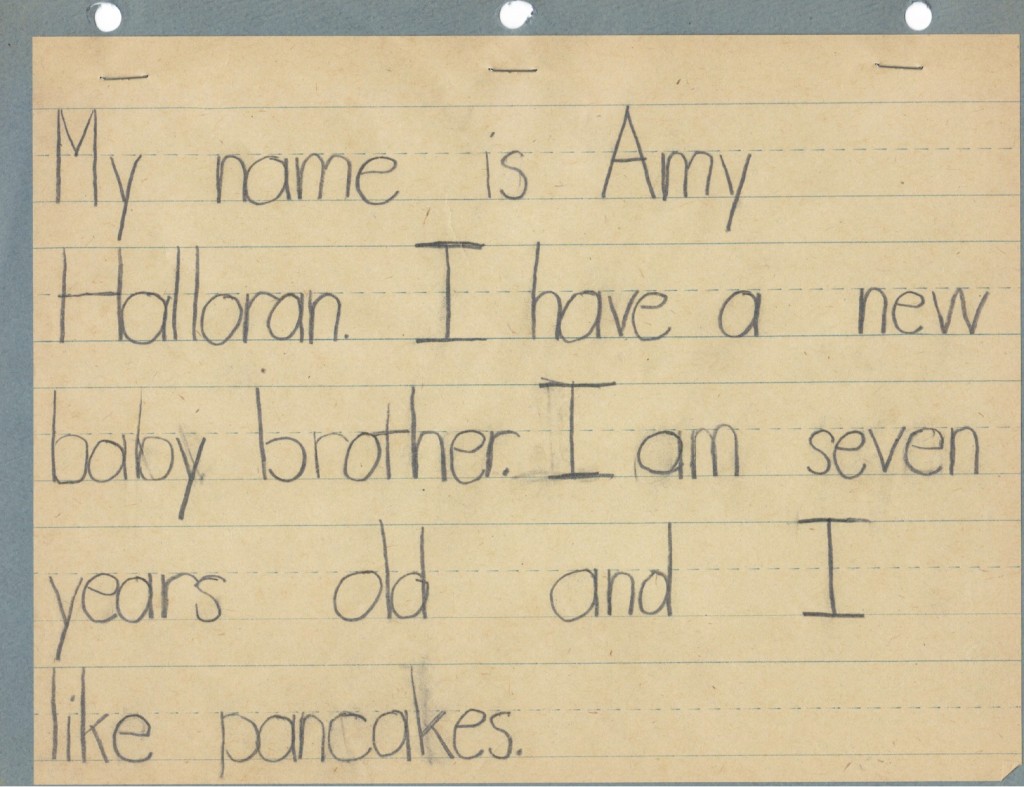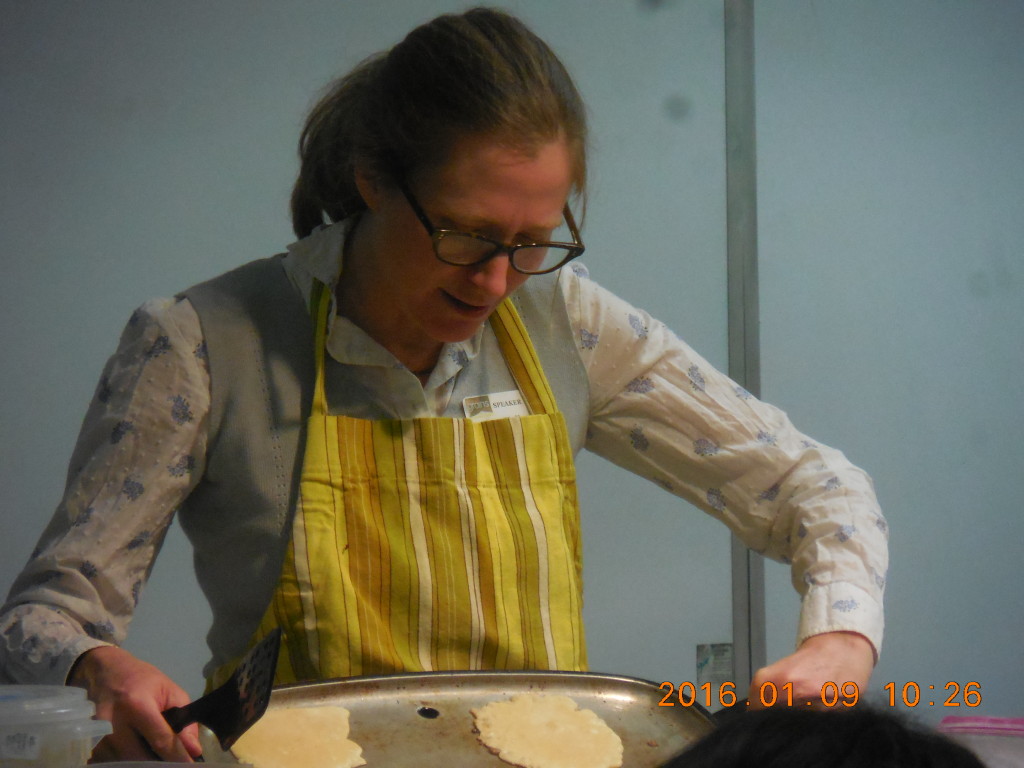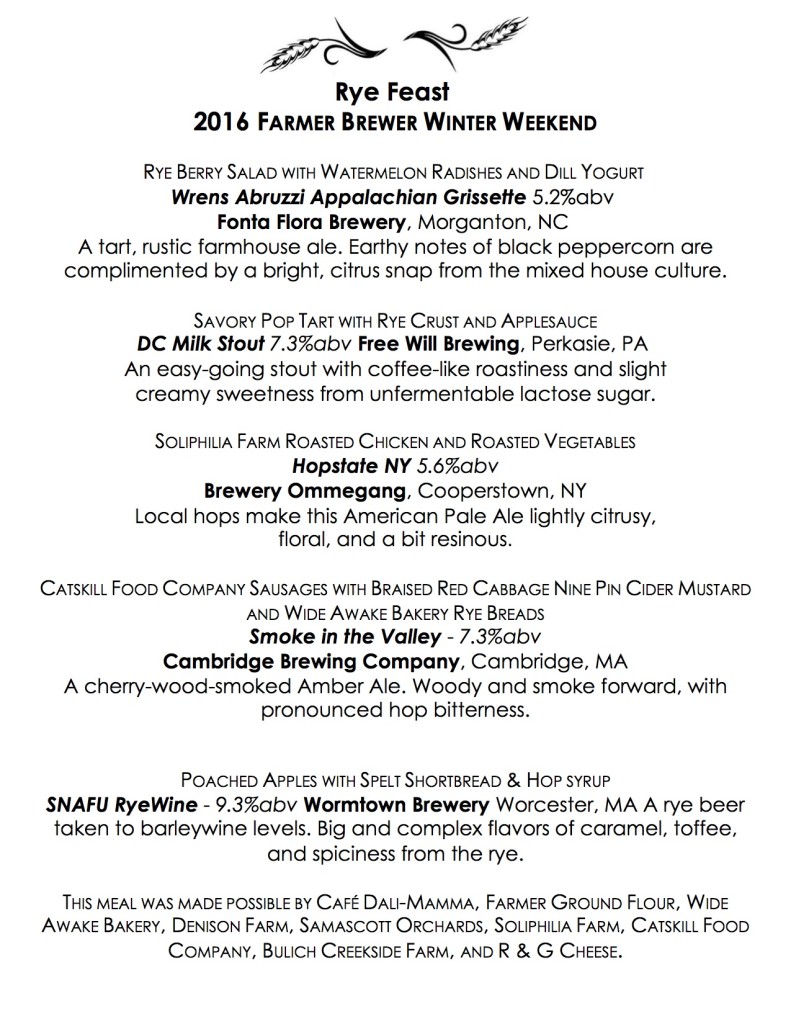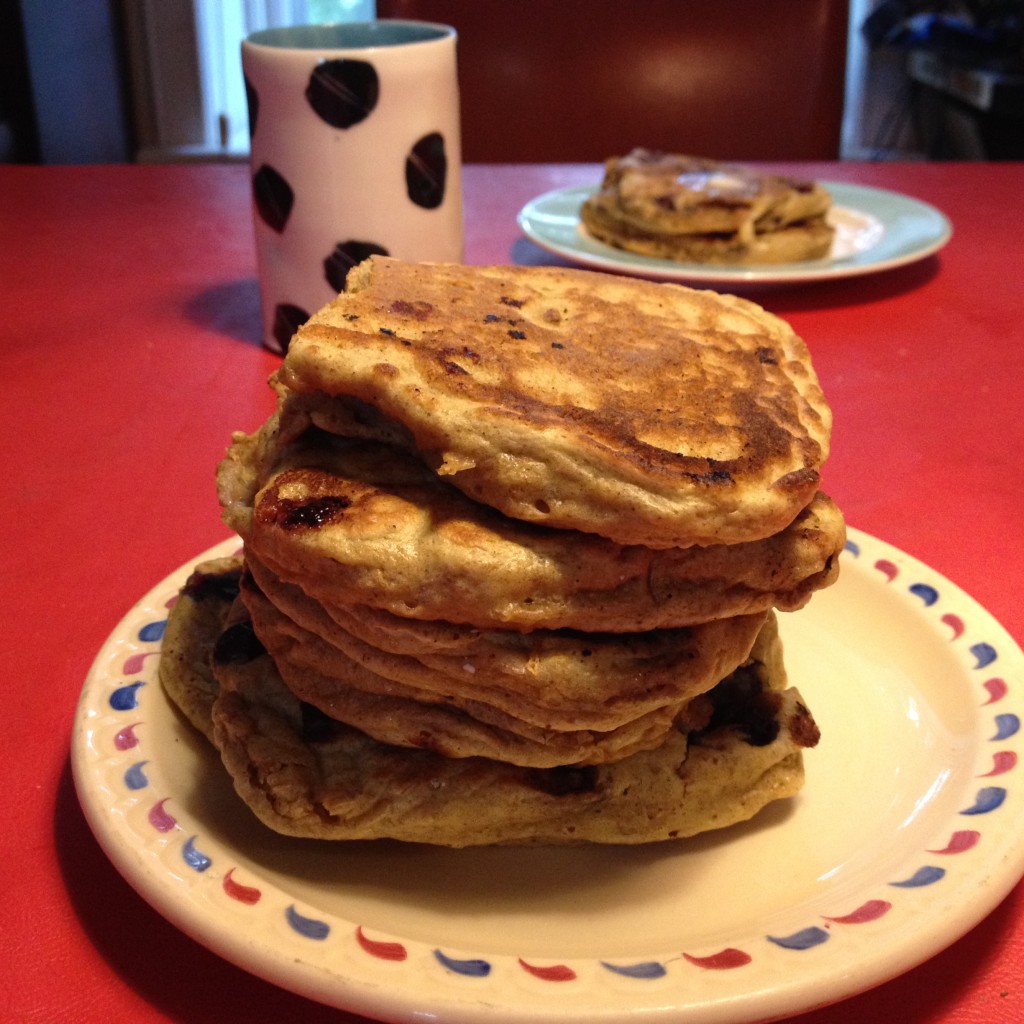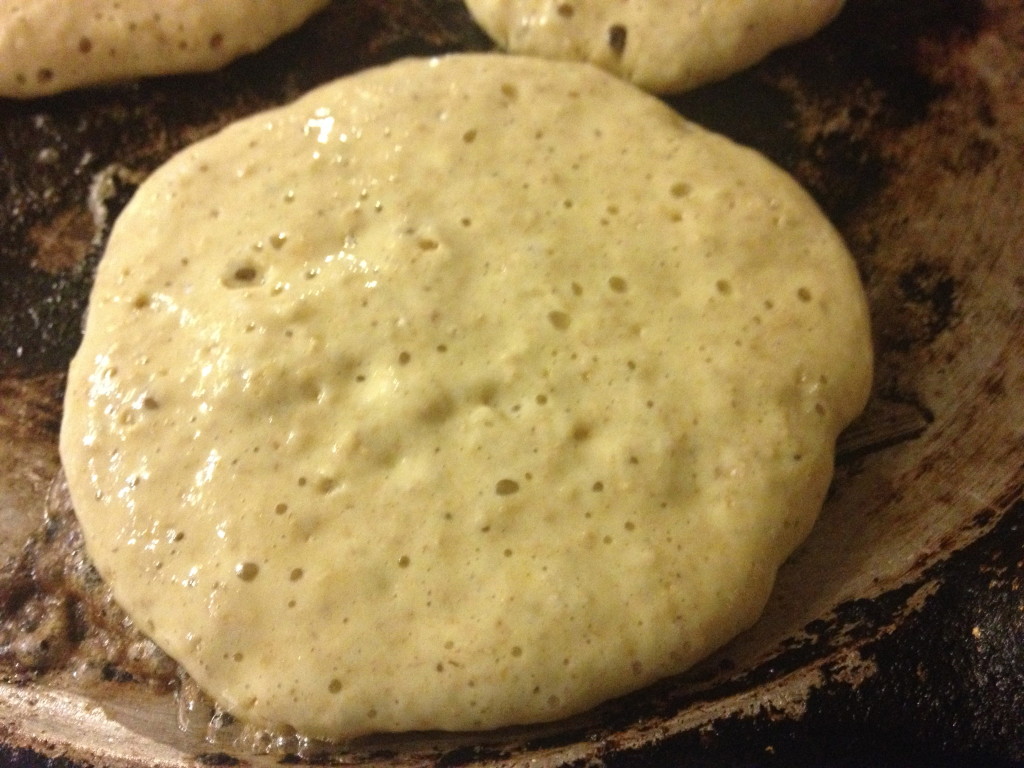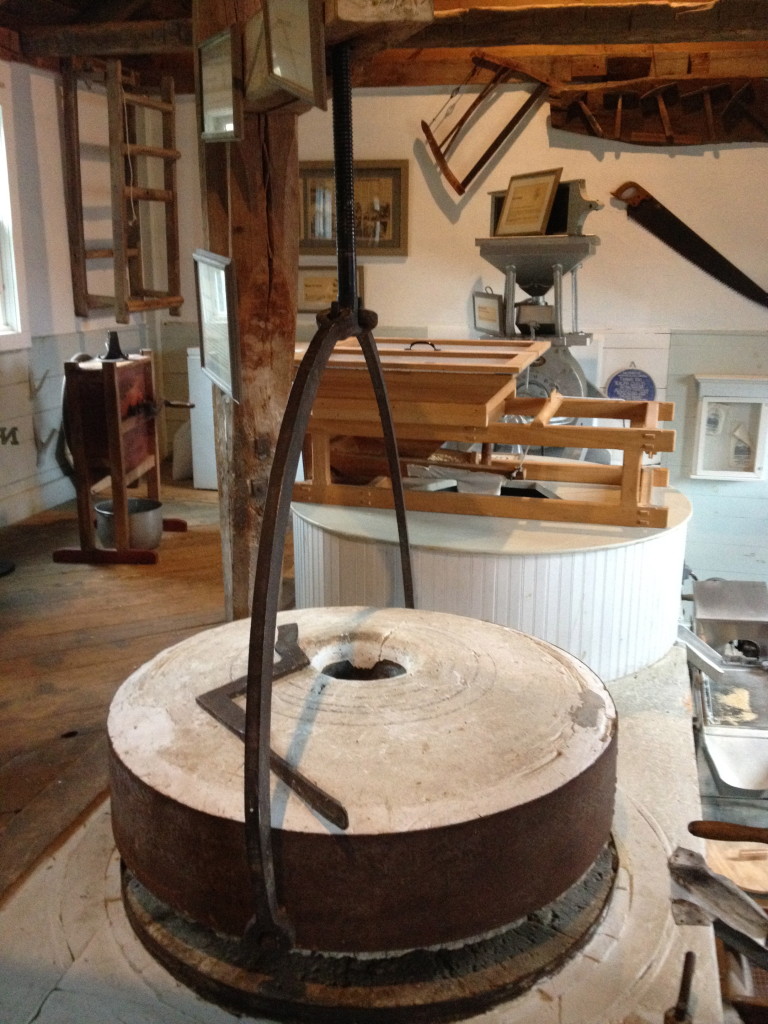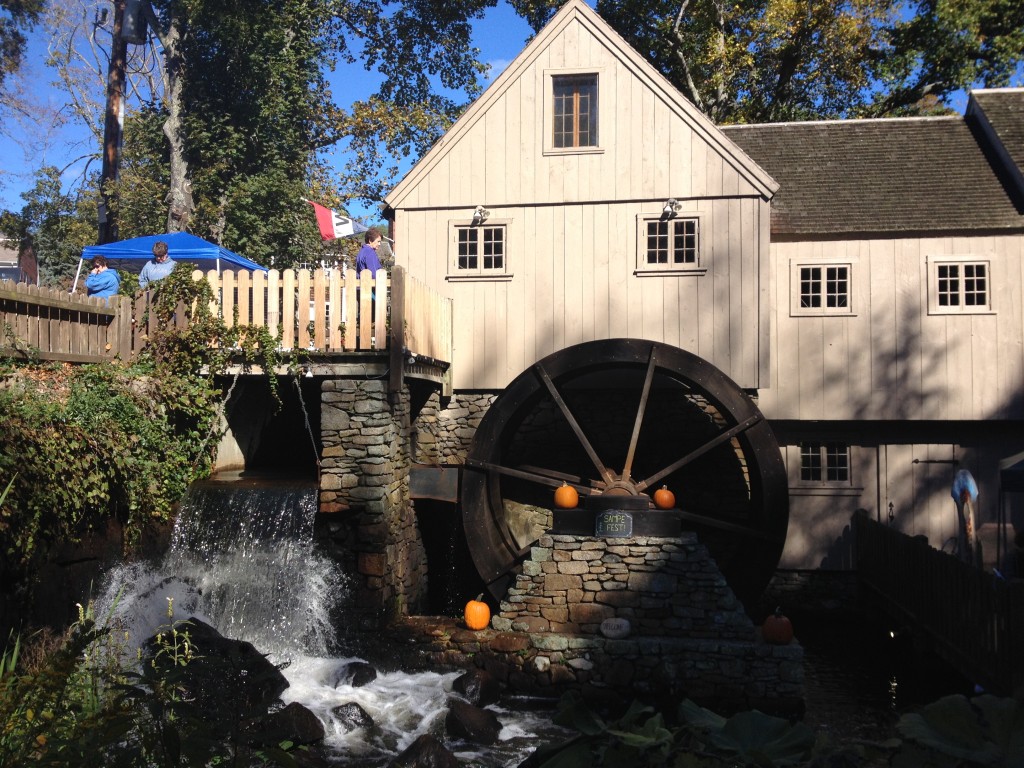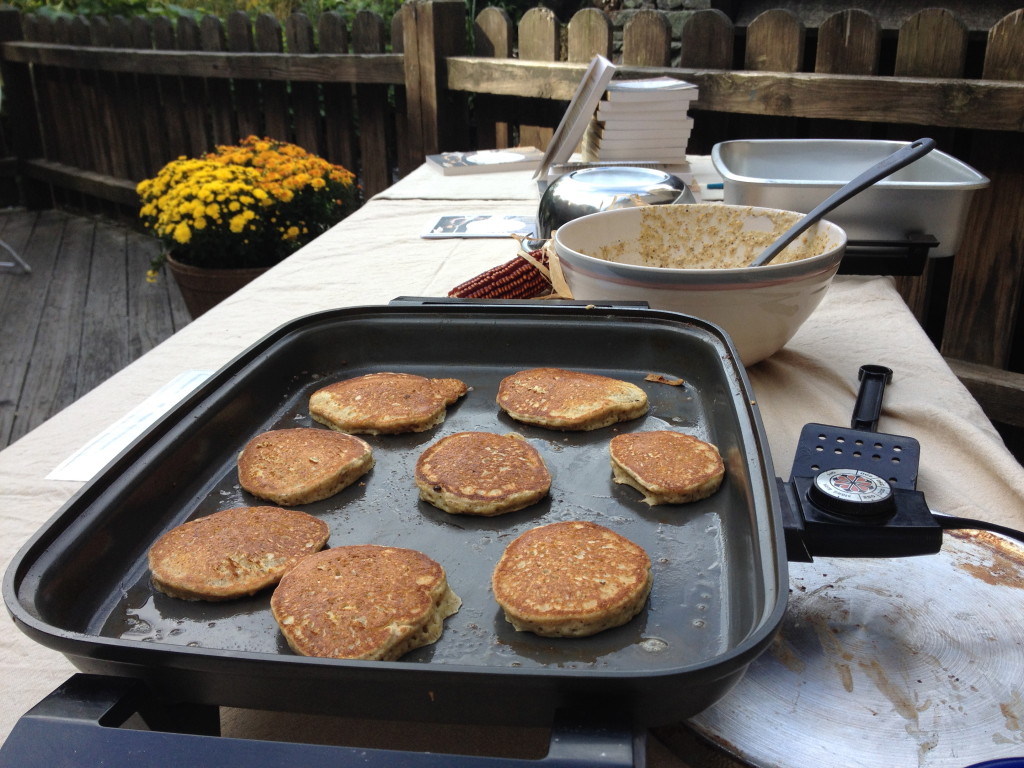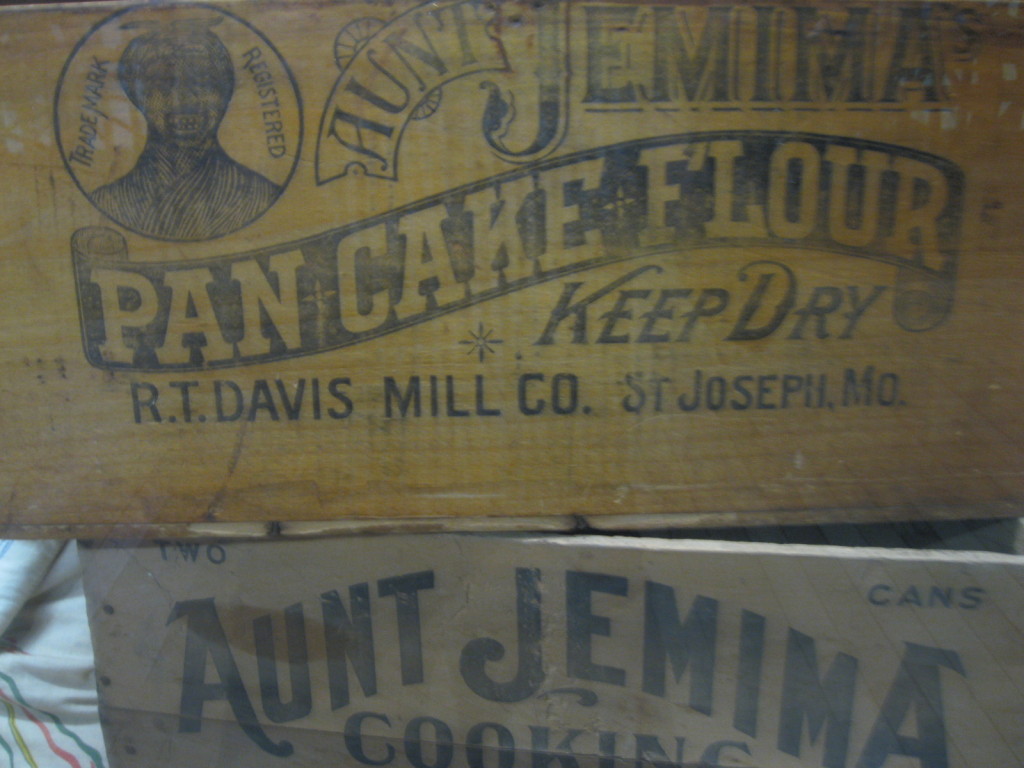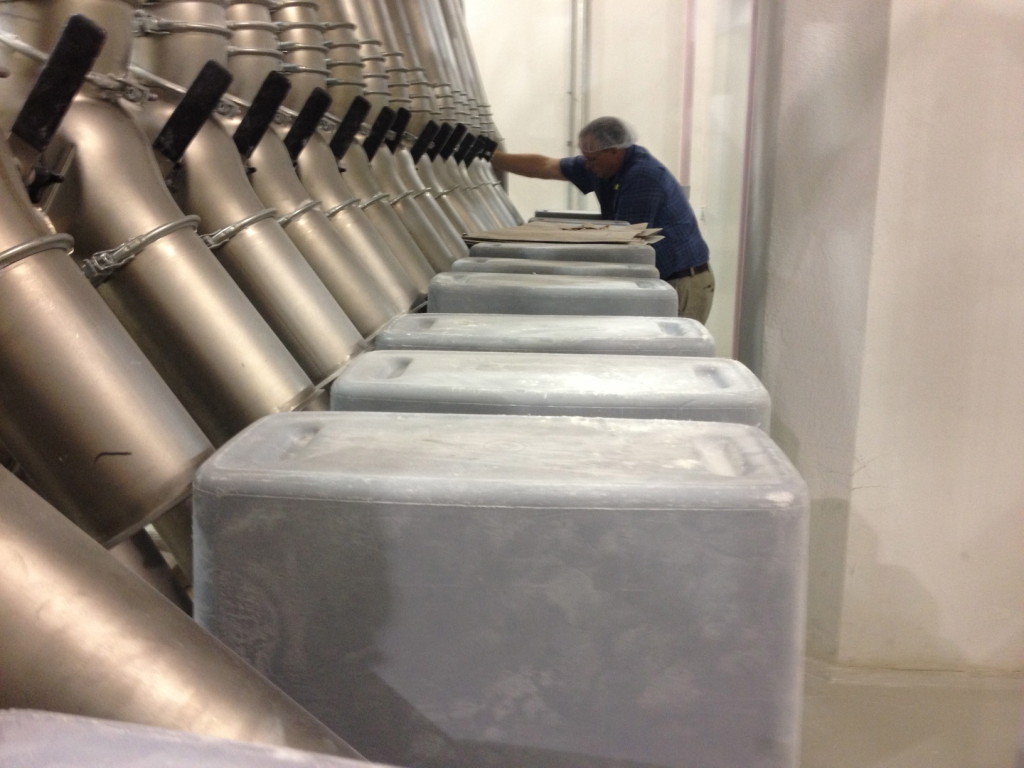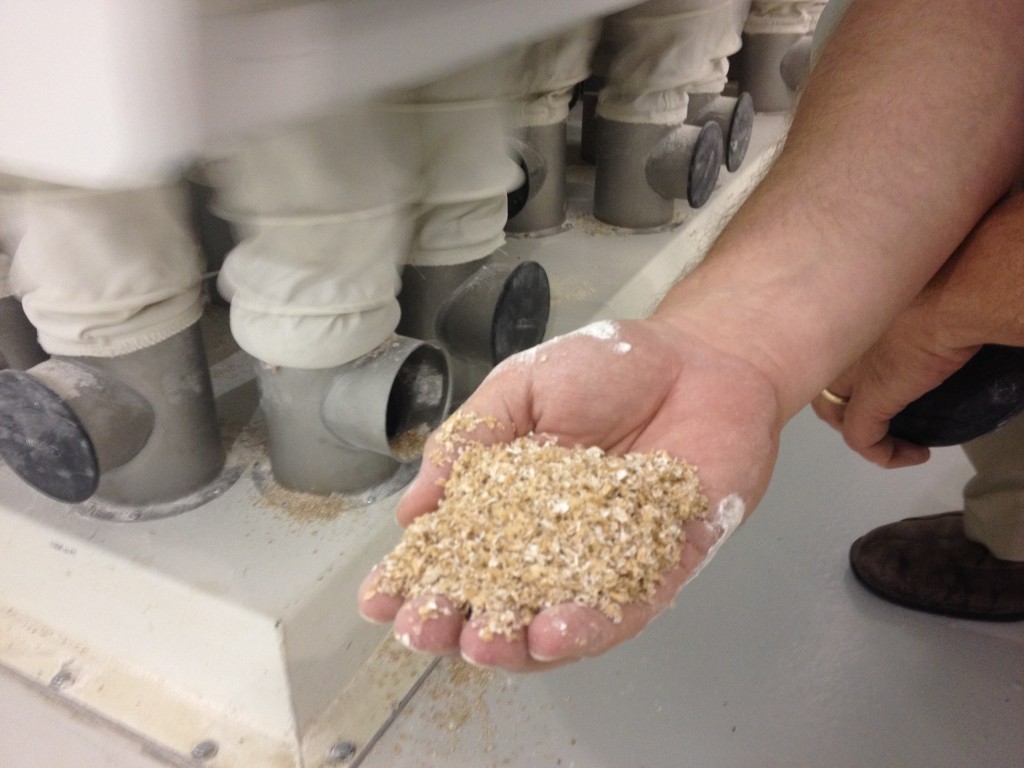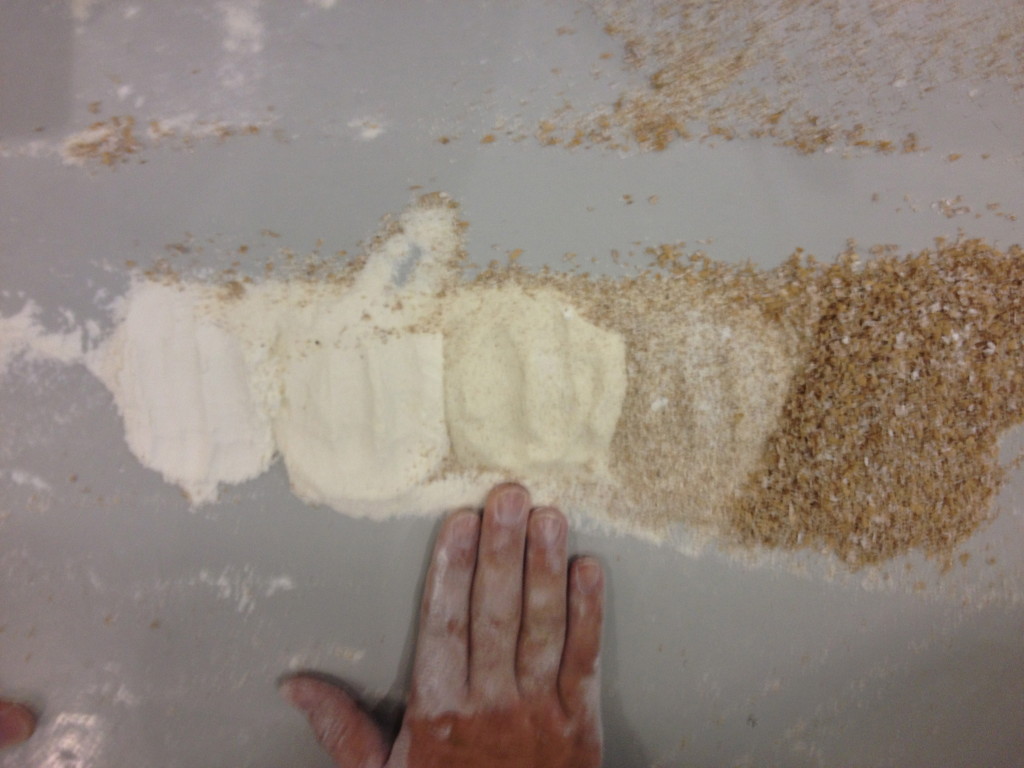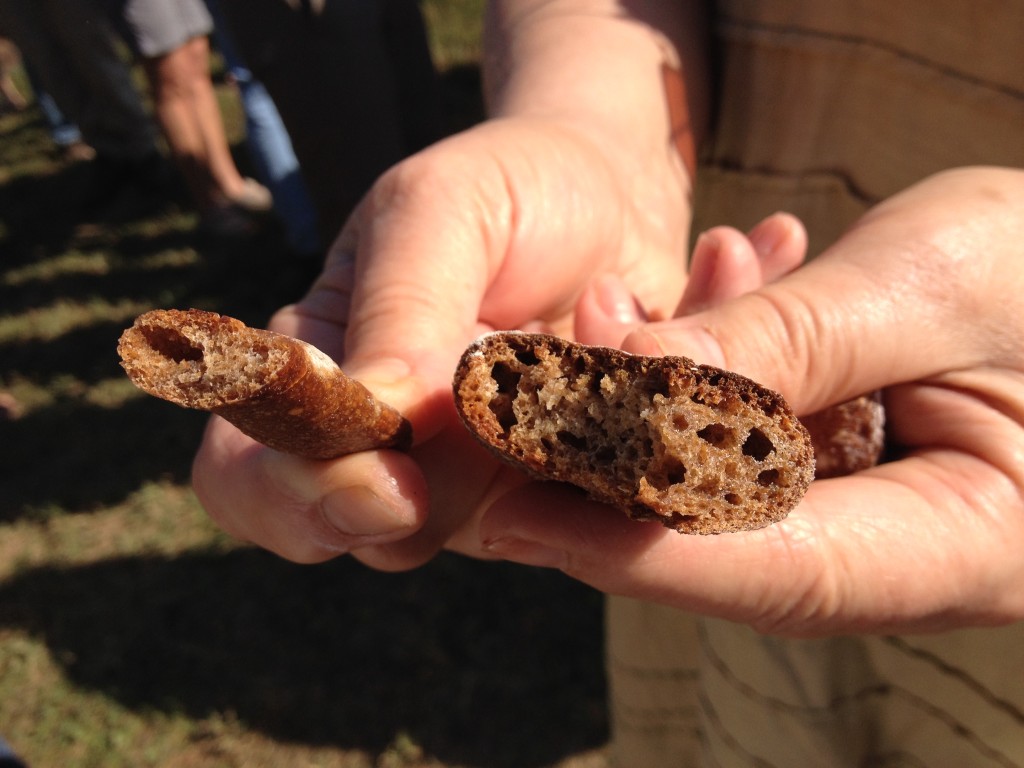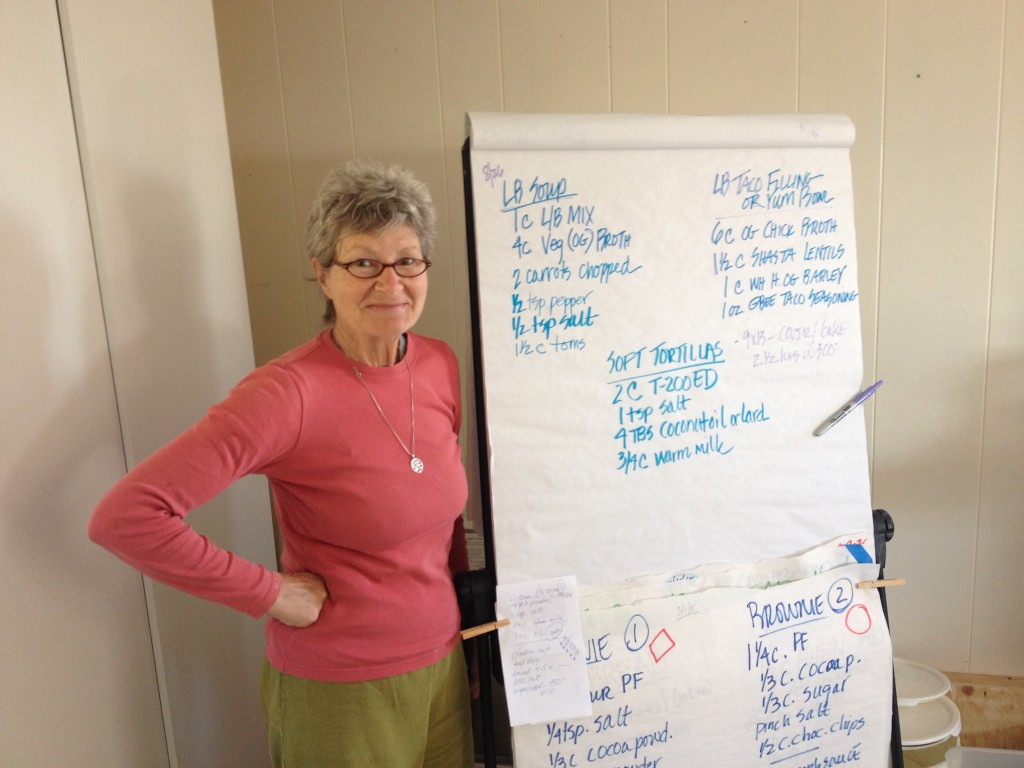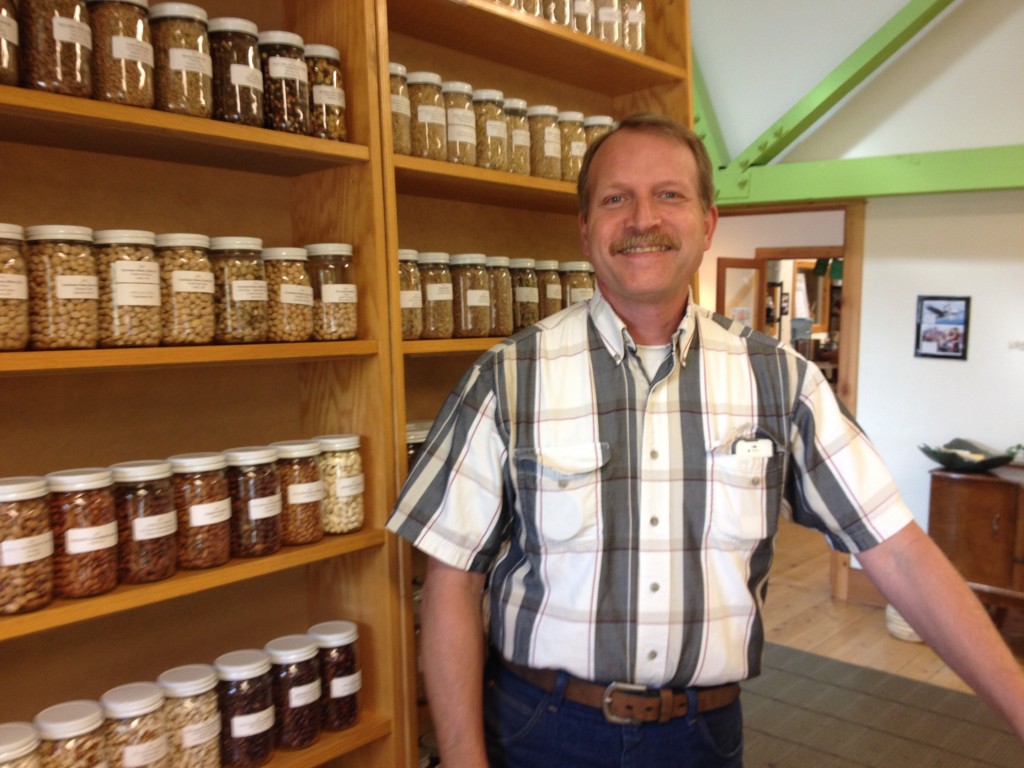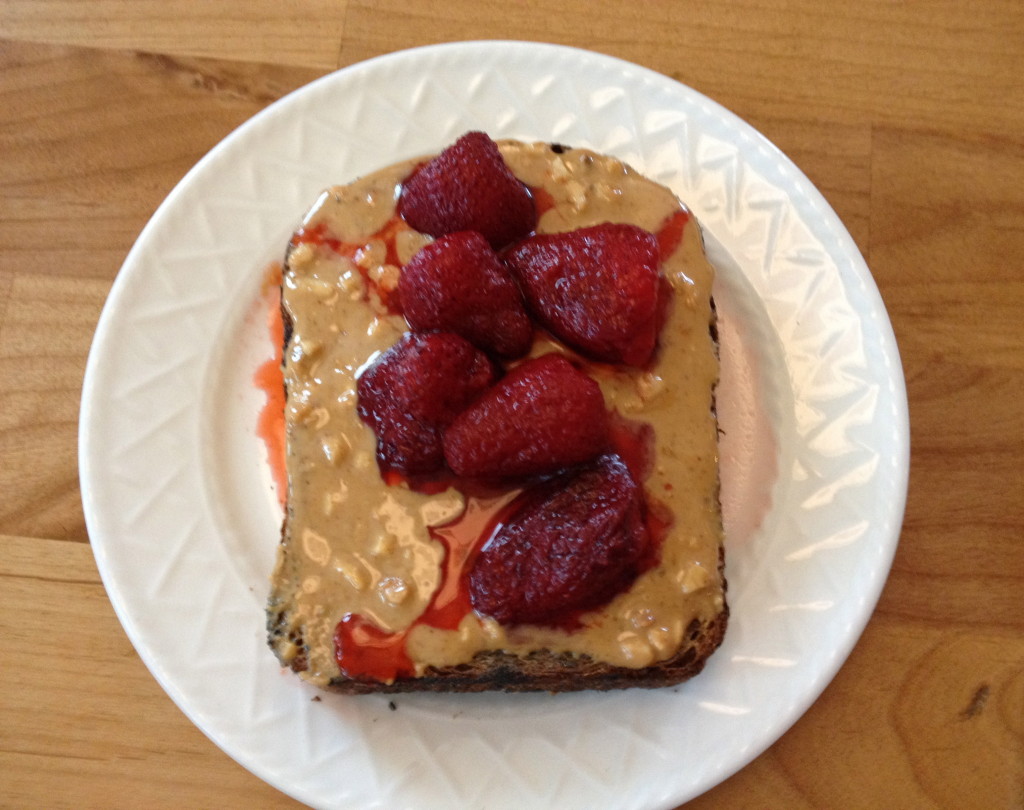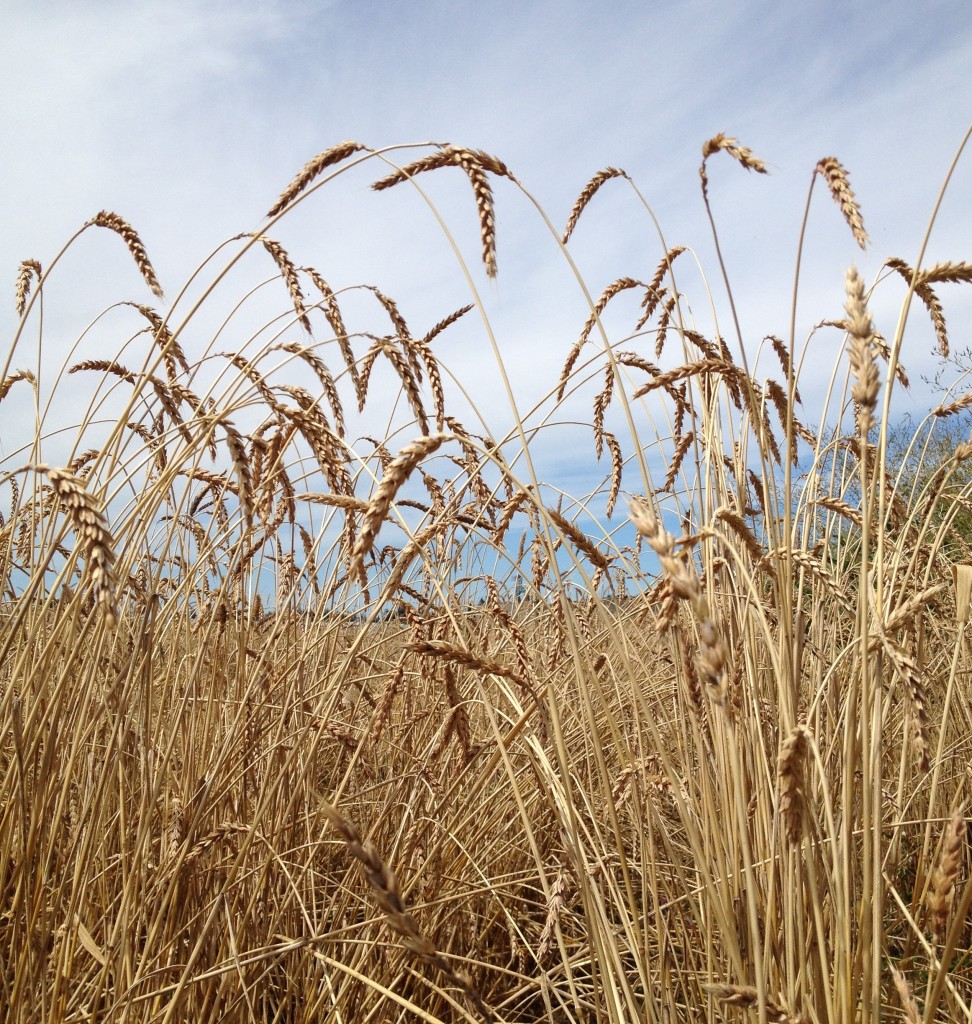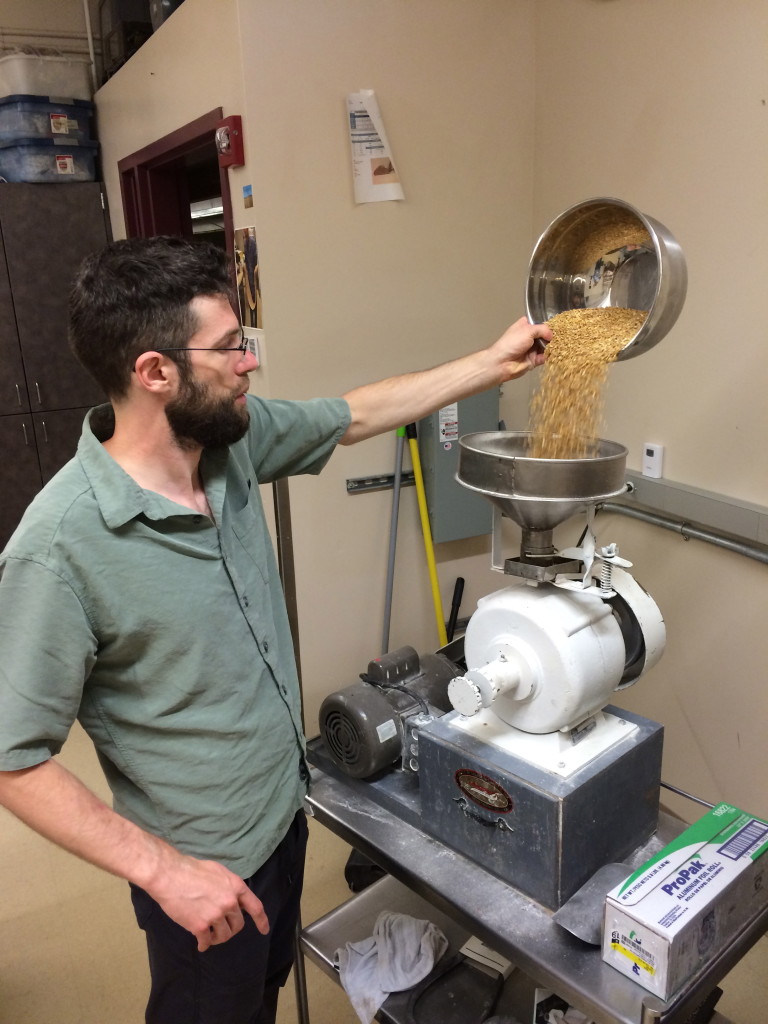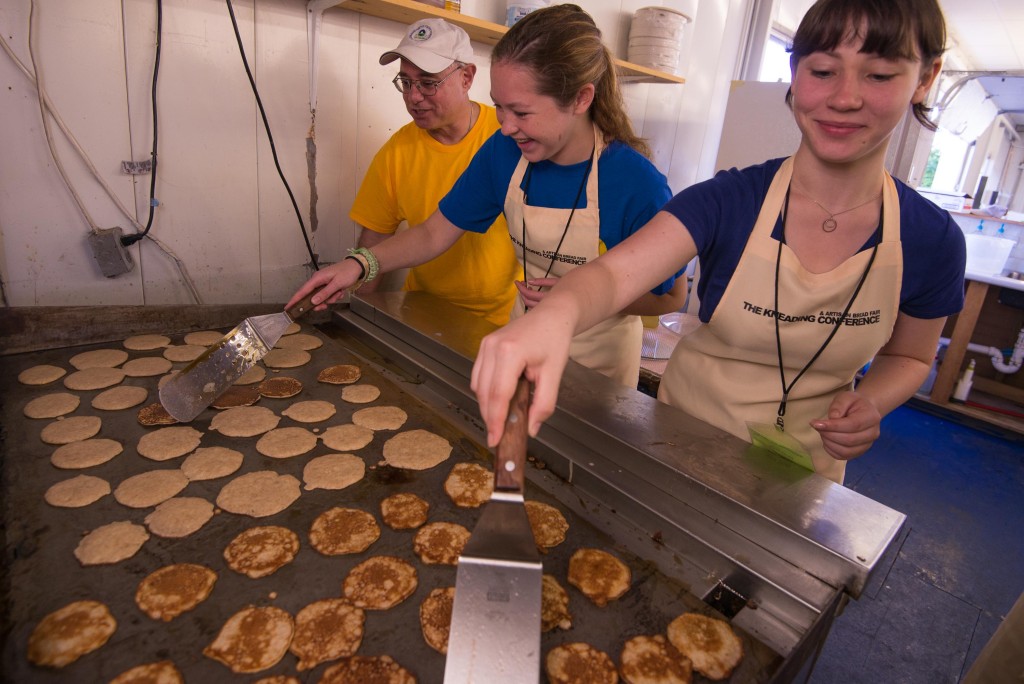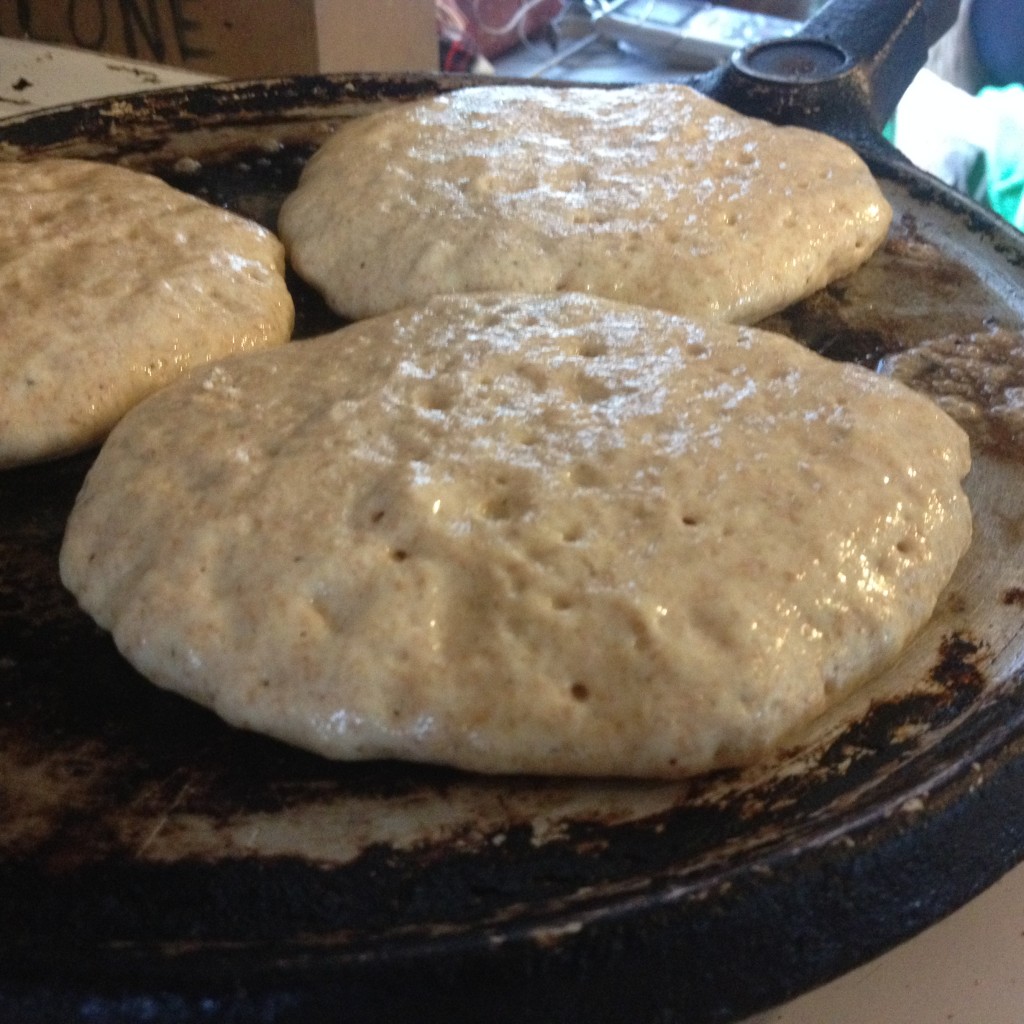If pancakes could fly, they would go straight from me to the world. Since they can’t, I will.
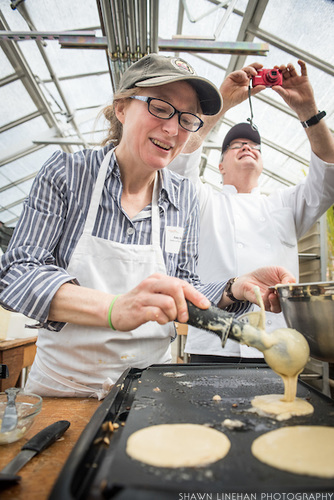
Oregon State University flew me out to make pancakes for their Barley Day. I’ve never made pancakes in a greenhouse before, but I was in my element flipping pancakes for 100 eager barley hounds – growers, brewers, maltsters and bakers, and plenty of others, too.
These beer-curious people came to learn about what is happening at OSU’s barley breeding program. This was a daylong adventure in getting to know grains work, from plant genetics, to fields of test plots. Along the way, we saw the facilities – including the new micro malting tank that will allow them to analyze smaller batches as they investigate what varieties and crosses are worth pursuing – ate and drank barley goods, and got to hear from lots of people who are working with malt.
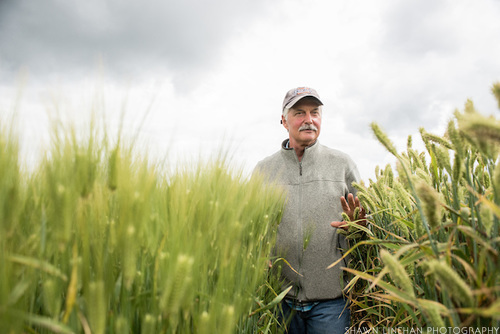
I met Pat Hayes, barley researcher, and cereal scientist Andrew Ross as I researched my book. Pat and Andrew are both good-humored brainiacs, and I wish I could plant myself in their work and write more about their studies, and all the grains things happening in Oregon.
The mesh of human connections required from seed to glass and seed to loaf fascinates me. Scientists, growers, millers, maltsters, marketers, brewers, and bakers: quite a bucket brigade of labors is underway. I got to catch up with James Henderson, Farm Liaison from Hummingbird Wholesale, and meet Scott Sayer, who grew out an OSU barley variety, Full Pint, that is now being used by craft brewers.
Oregon is a place where grains of known origin can work. I loved being at Seastar Bakery & Handsome Pizza, and tasting all the attention and affection these bakers give to my favorite foods, helping grains shine like the more coveted kids in the food kingdom. I loved making English muffins at a workshop put together by Adrian Hale of 1000 Bites of Bread & Communal Table. The Maris Widgeon (from Lonesome Whistle) & Star wheat (thanks Grist & Toll for finding this LOVELY wheat & making such amazing flour) English muffins we made were interstellar!
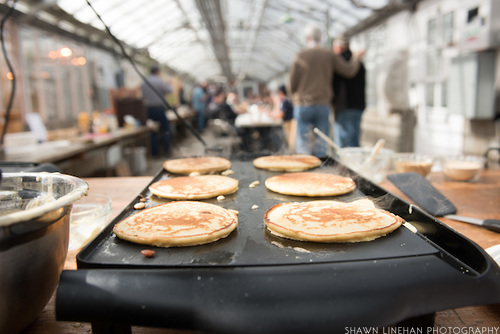
So thank you, OSU for inviting me to be a part of Barley Day. I’m very grateful, as I am to Food Tank, for putting me on their summer reading list – lots of great company in those titles!
And last but not least, thanks to WAMC, my local public radio station, for having me on Food Friday. I made a Flour Hour, taking calls on my favorite topic. The show is archived here. I could talk about flour all day long. How about a Flour Hour marathon? Any interested programmers, give a ring.
